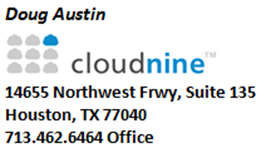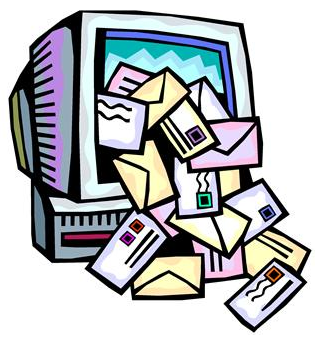A New Calculator from EDRM and Other EDRM News: eDiscovery Trends

Does it seem appropriate for us to display a calculator on tax day? Yes, it does. 🙂
Over a year ago, we discussed budget calculators available from the Metrics section of the EDRM web site and reviewed the four calculators available at the time (here, here, here and here).
In the past couple of weeks, EDRM added a new calculator. Let’s take a look.
The EDRM Data Calculator is an Excel spreadsheet file that helps you better estimate how much data you may have in matters involving eDiscovery. The estimates are designed to help you and your organization to prepare budgets, manage workflows, and measure and improve your eDiscovery processes.
The EDRM Data Calculator consists of a Core Data Calculator and a Supplemental Data Calculator, as follows:
- Core Data Calculator: Uses information you enter or select to prepare two sets of estimates. First, it calculates how much your data may increase in size because of steps taken to expand the data – steps such as unpacking compressed files. Second, the Core Data Calculator estimates how much the size of your data set will decrease as a result of processing steps such as the use of de-Nisting, de-duplication, search terms, and CAR (computer assisted review).
- Supplemental Data Calculator: Uses additional information you enter to arrive at two additional sets of estimates about your data after it has been expanded and then reduced. First, it delivers four sets of estimates about three major data types: email files, structured data, and unstructured data. The sets are percentage expected (e.g., 15% of your data will be email files), estimated GBs (e.g., you will have 12 GB of email), estimated files/GB (e.g., you will have 500 files per GB), and total files (e.g., you will have 14,000 files). Second, the Supplemental Data Calculator delivers the same four sets of estimates for six subcategories of unstructured data: word processing files, spreadsheet files, presentation files, image files, PDF files, and other unstructured data.
The EDRM Data Calculator is clearly formatted and color coded to identify cells where data needs to be entered (yellow, for entries such as the number of starting GB) and cells where you select an option from a menu (gray, for entries such as selecting a process to reduce data). The spreadsheet also provides a “calculator” section for recording assumptions and a “report” section to show the results based on those assumptions. And, the calculator comes with intuitive step-by-step instructions (which are available as a nine page PDF file, with screen shots for illustration). Perhaps the spreadsheet could be better formatted for printing and it isn’t set to protect the calculated cells, so they could be inadvertently overwritten, but otherwise, it looks like a nice model for estimating data volumes.
You can get more information about the EDRM Data Calculator, as well as download the actual calculator and instructions here.
As for other EDRM news, it’s not too late to register for today’s free live EDRM and ACEDS Webinar, “The Social Media Quick Peek: Early Data Assessment.” To register, click here.
And, in less than a month, is the EDRM 2015 Spring Workshop at the Saint Paul Hotel in St. Paul, MN. This is the kickoff for the 2015-2016 EDRM year. The 2015 EDRM Spring Workshop is scheduled for May 5-6, with a reception on the evening of May 4. Click here for more information. If you’ve considered becoming an EDRM member, this is an excellent time to do so!
So, what do you think? How do you estimate your eDiscovery data? Please share any comments you might have or if you’d like to know more about a particular topic.
Disclaimer: The views represented herein are exclusively the views of the author, and do not necessarily represent the views held by CloudNine. eDiscovery Daily is made available by CloudNine solely for educational purposes to provide general information about general eDiscovery principles and not to provide specific legal advice applicable to any particular circumstance. eDiscovery Daily should not be used as a substitute for competent legal advice from a lawyer you have retained and who has agreed to represent you.








